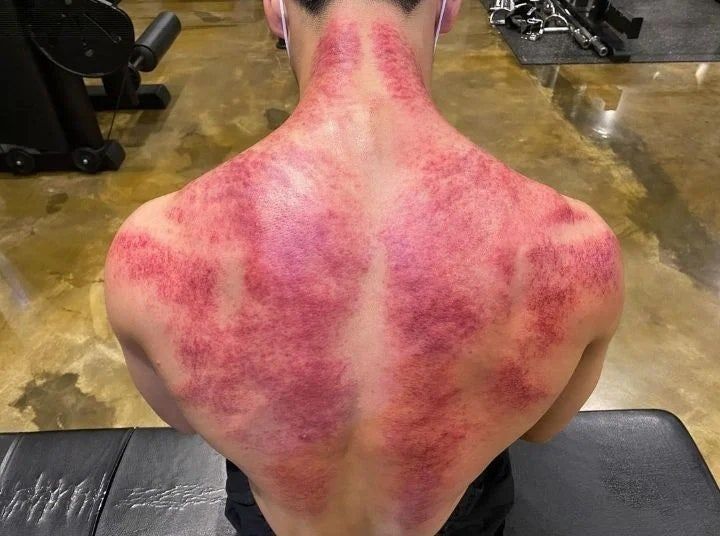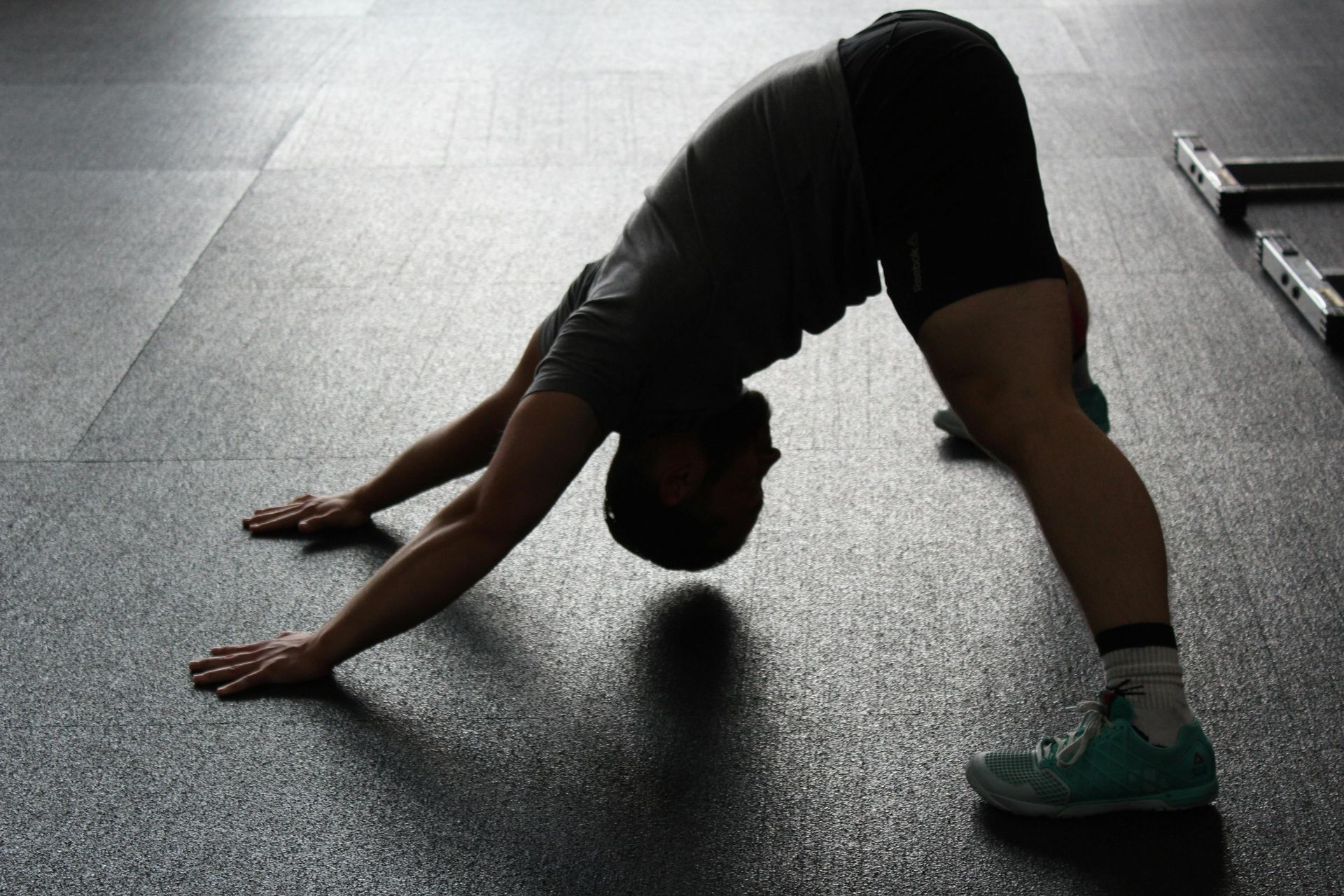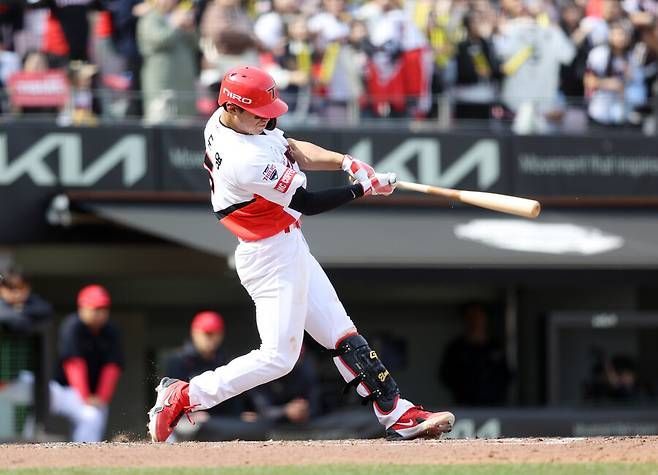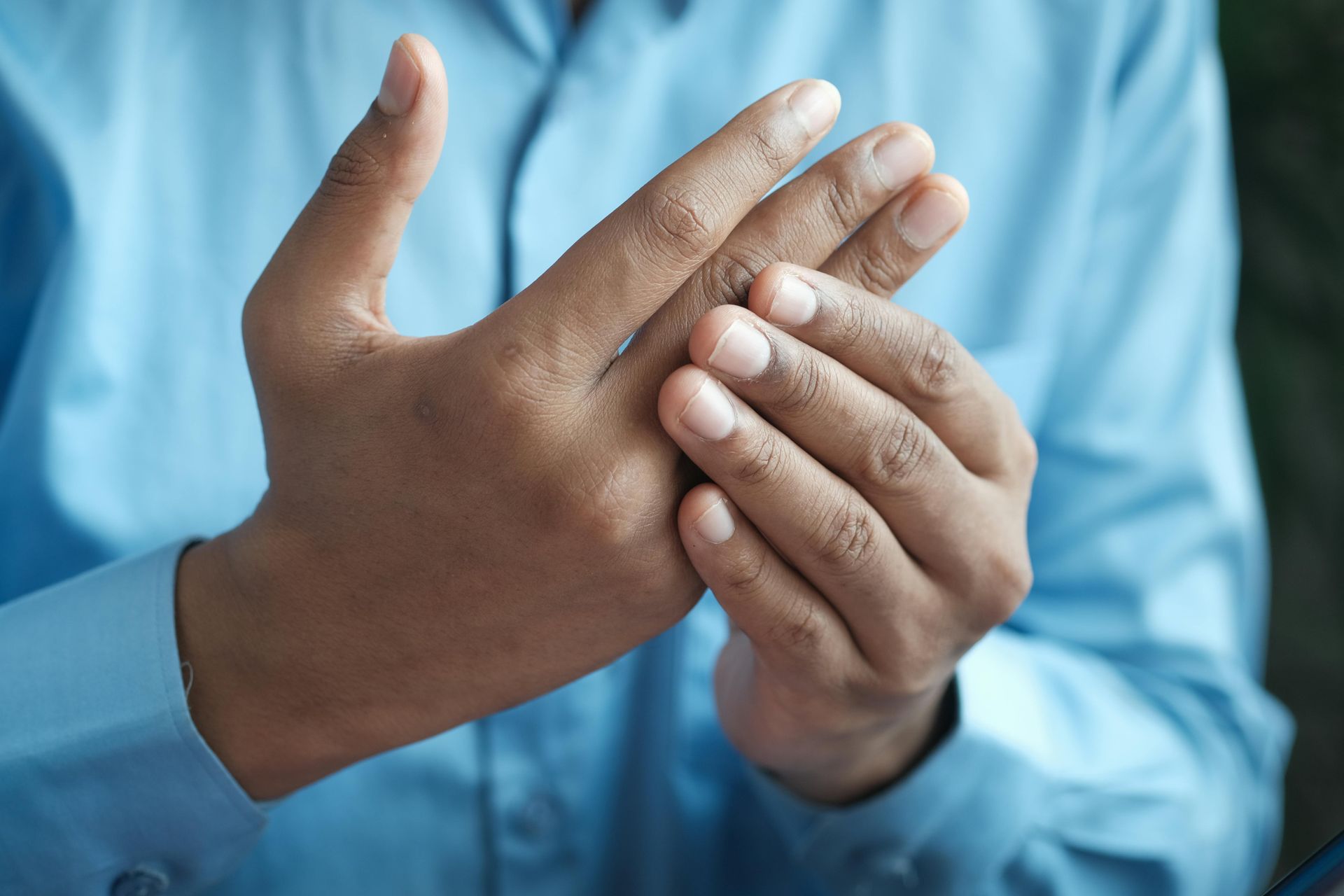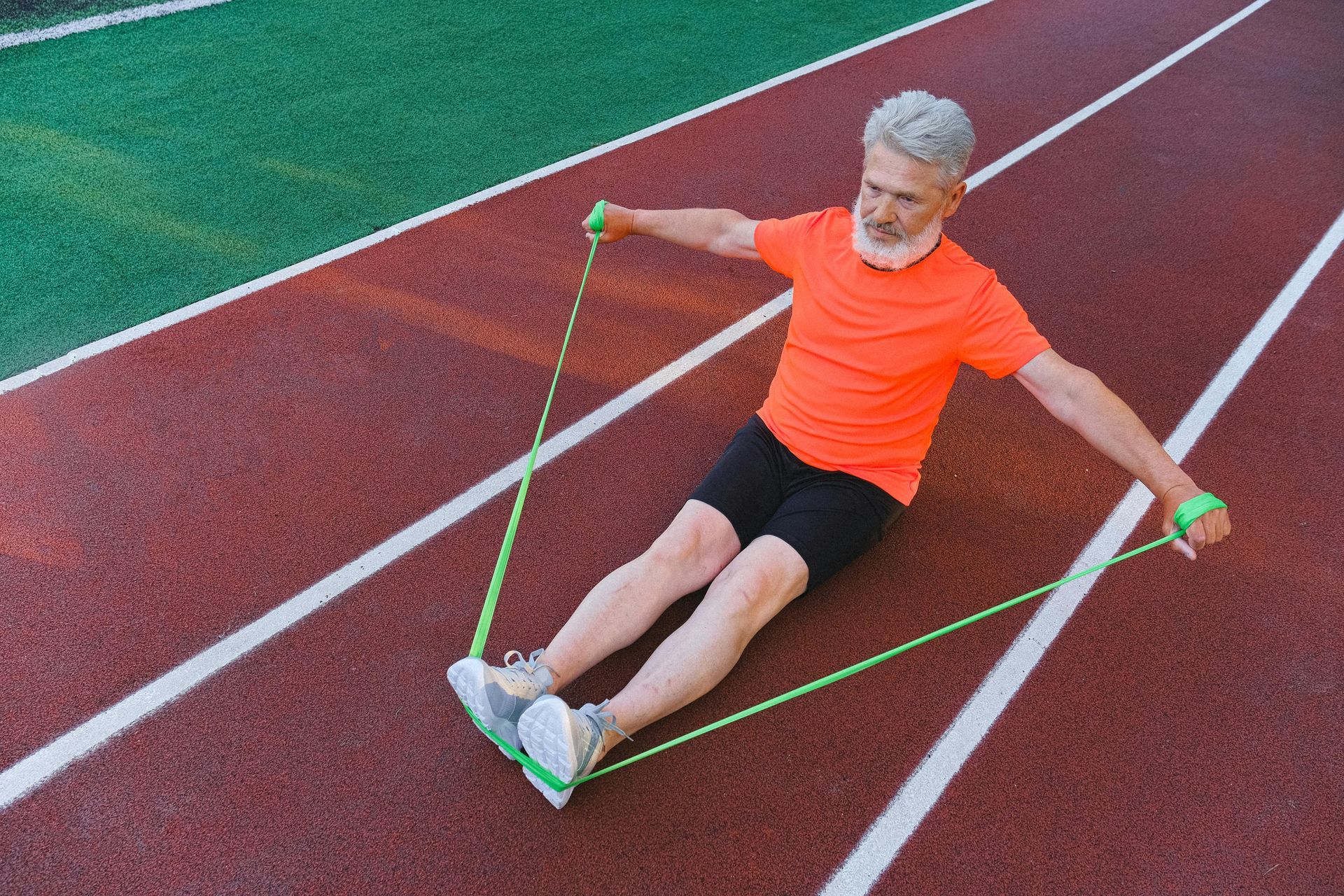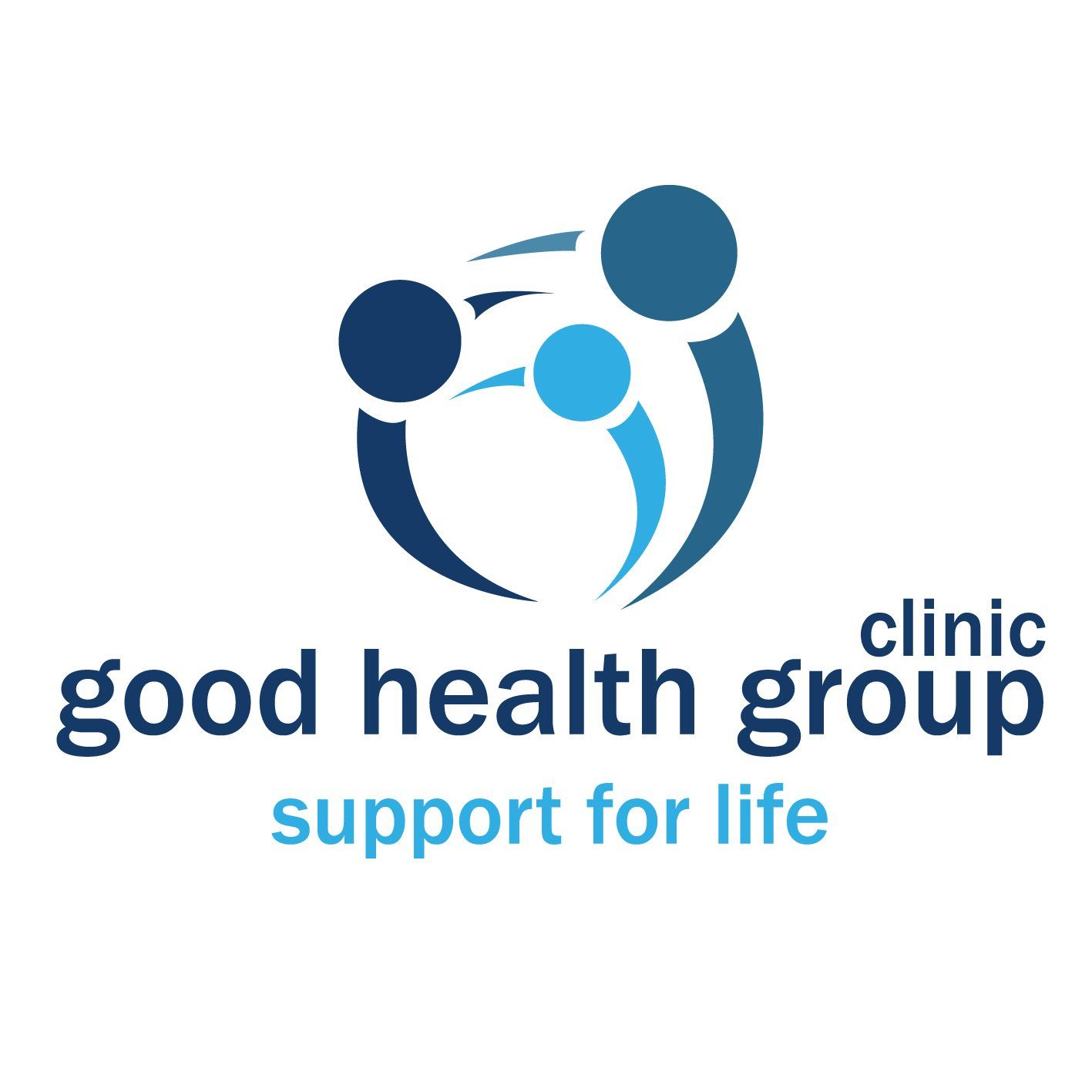Understanding Trigger Points
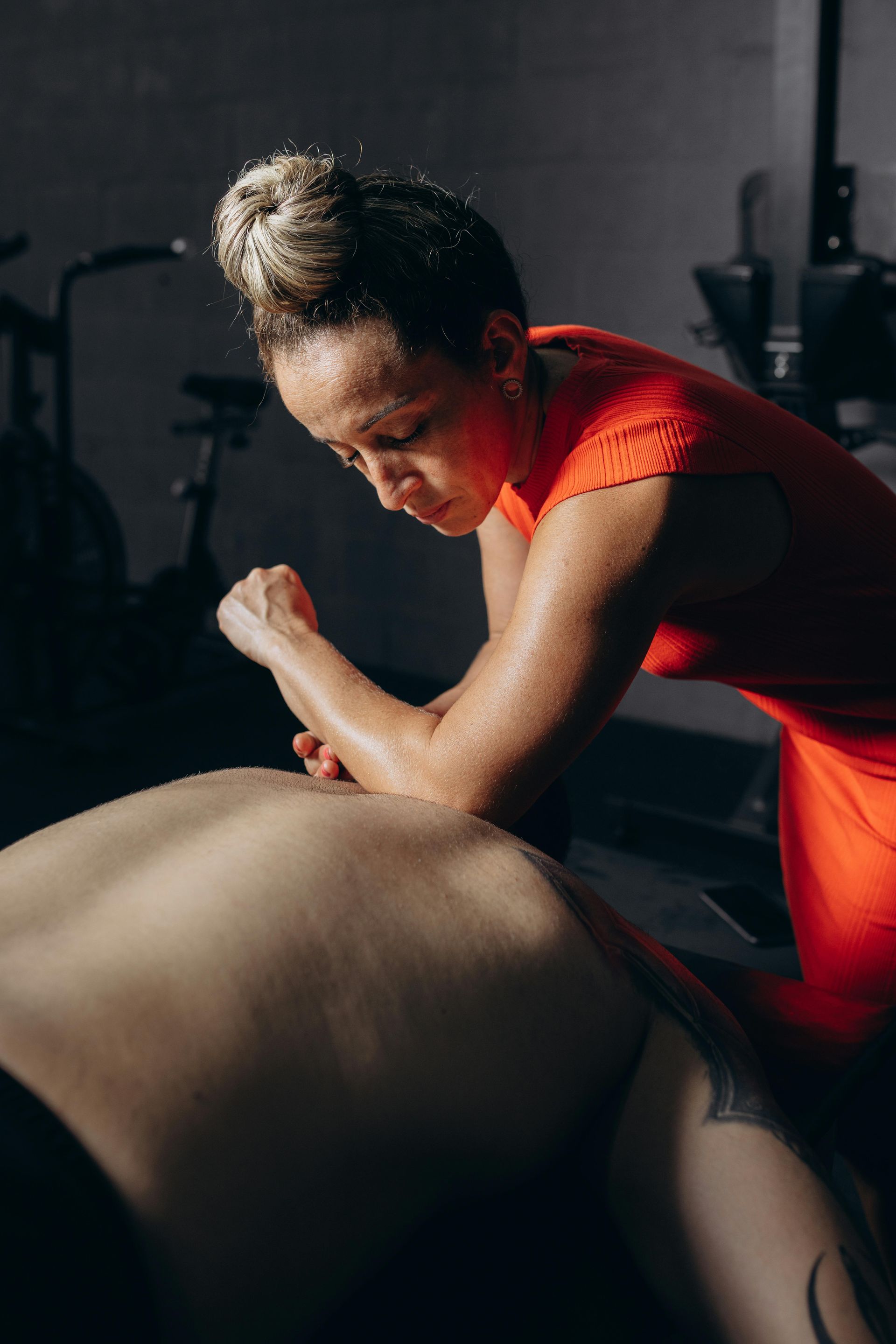
During my own research for this article, I even discovered that what I was taught about trigger points, such as them being caused by crystalised lactic acid, was incorrect.
Let’s break down what trigger points really are, how they develop, and their impact on your sports performance.
What Are Trigger Points?
A trigger point is a
hyperirritable spot within a taut band of skeletal muscle or fascia. It can feel like a small
knot under the skin and may cause pain either locally or in referred areas.
Trigger points are classified into:
- Active Trigger Points: These cause pain at rest or during movement.
- Latent Trigger Points: These do not cause pain unless pressed but can still restrict movement and weaken muscles.
Trigger points are often located in taut bands, which are tight, rope, like strands of muscle fibers. Understanding the relationship between taut bands and trigger points is important to addressing muscle dysfunction effectively.
What Are Taut Bands, and How Are They Related to Trigger Points?
Taut bands are
tightened segments of muscle fibers that form due to chronic tension or stress in the muscle.
They are often found in areas subjected to repetitive strain or poor posture.
- Taut Bands: Represent a general state of muscle tension or tightness.
- Trigger Points: Are specific hypersensitive spots within taut bands that cause pain or dysfunction.
Not all taut bands contain trigger points, but all trigger points are found within taut bands.
Example: Imagine a taut band as the "landscape" of tension in a muscle and a trigger point as the "hot spot" of pain within that landscape.
How Do Trigger Points Form?
Trigger points develop due to a combination of mechanical, biochemical, and neurological factors. Here’s how they’re made:
- Muscle Overuse or Injury: Repetitive movements or sudden trauma can strain muscle fibers.
- Prolonged Muscle Contraction: Reduced blood flow leads to oxygen deprivation and an "energy crisis" in the muscle.
- Stress and Poor Posture: Chronic tension in muscles increases their susceptibility to developing trigger points.
On a microscopic level, trigger points are associated with:
- Excessive acetylcholine (ACh) release at the neuromuscular junction, leading to sustained contraction.
- Local ischemia (restricted blood flow) and the accumulation of metabolic waste, creating a cycle of pain and dysfunction.
Dispelling the Myth: Are Trigger Points Caused by Crystalised Lactic Acid?
When I first learned about trigger points, I was taught that they were caused by crystalised lactic acid.
However, research has shown this is incorrect.
- Lactic Acid Does Not Crystallise: Lactic acid (or lactate) is water-soluble and is rapidly cleared from muscles after exercise.
- Trigger Points Are Neuromuscular, Not Metabolic: They result from localised energy crises and abnormal muscle contraction, not from lactic acid buildup.
This outdated idea likely originated from early misconceptions about post-exercise soreness (DOMS). Today, we understand that trigger points are more complex and involve a combination of mechanical, biochemical, and neurological factors.
How Do Trigger Points Limit Sports Performance?
Trigger points can significantly impact athletic performance by:
- Restricting Range of Motion (ROM): Taut bands and trigger points limit muscle flexibility, reducing movement quality.
- Weakening Muscle Strength: Trigger points interfere with normal muscle activation, leading to weakness.
- Causing Pain: Active trigger points can cause localized or referred pain, mimicking injuries.
- Altering Movement Patterns: Pain or tightness from trigger points often leads to compensatory movements, increasing injury risk.
Example: A trigger point in the glutes may restrict hip extension, affecting sprinting or jumping performance.
Managing and Preventing Trigger Points
At
Good Health Group Clinic, we emphasise evidence-based approaches to treat and prevent trigger points. Here are some effective strategies:
- Dry Needling: This technique helps deactivate trigger points by improving blood flow, reducing muscle tension, and resetting the neuromuscular junction.
- Instrument-Assisted Soft Tissue Mobilisation (IASTM): Using tools to target and release fascial restrictions and tight muscles, IASTM is highly effective in addressing trigger points and restoring normal muscle function.
- Deep Tissue Massage (DTM): DTM focuses on releasing tension in deeper muscle layers, helping to alleviate pain, improve circulation, and reduce the tightness associated with trigger points.
- Targeted Stretching and Strengthening: Correcting muscle imbalances through personalised stretching and strengthening programs enhances flexibility and reduces the likelihood of developing trigger points.
These evidence-based approaches help alleviate pain, improve muscle function, and prevent the recurrence of trigger points. At
Good Health Group Clinic, we tailor each treatment plan to suit your unique needs, ensuring the best outcomes for your muscle health and performance.
Conclusion
Trigger points are not caused by crystalised lactic acid, as many, including myself, were once taught.
Instead, they result from a combination of mechanical overload, reduced circulation, and neuromuscular dysfunction.
Understanding the difference between taut bands and trigger points can help individuals address these issues effectively, enhancing performance and reducing the risk of injury.
At Good Health Group Clinic, we aim to educate our clients on these topics and provide tailored treatments to restore muscle health and optimise performance.
By understanding and addressing trigger points, you can reduce pain, enhance flexibility, and achieve peak performance in your sport or daily activities.
If you have questions or concerns, feel free to reach out to us at
Good Health Group Clinic,
we’re here to help!
References
- Simons, D. G., Travell, J. G., & Simons, L. S. (1999). Myofascial Pain and Dysfunction: The Trigger Point Manual. Vol. 1. Baltimore: Williams & Wilkins.
- Shah, J. P., Phillips, T. M., Danoff, J. V., & Gerber, L. H. (2005). An in vivo microanalytical technique for measuring the local biochemical milieu of human skeletal muscle. The Journal of Applied Physiology, 99(5), 1977-1984.
- Dommerholt, J., Bron, C., & Franssen, J. (2006). Myofascial trigger points: an evidence-informed review. Journal of Manual & Manipulative Therapy, 14(4), 203-221.
Blogs


